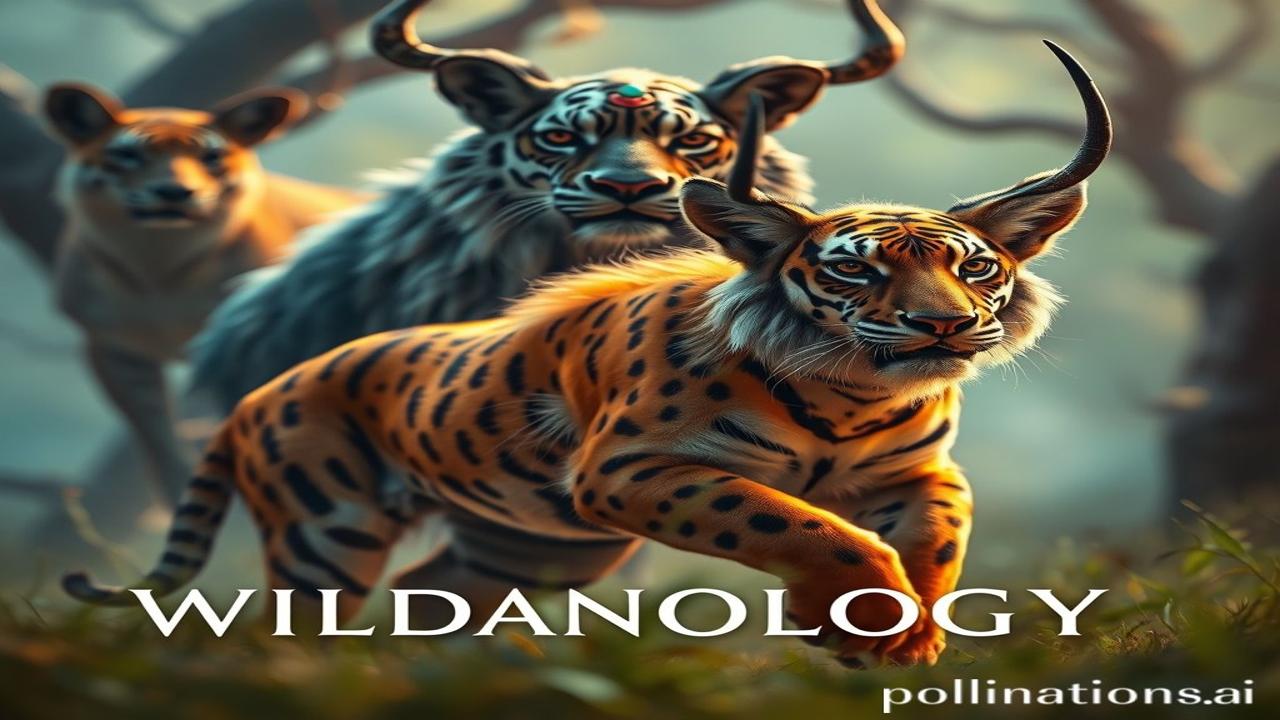Waqt Ki Zubani: When Animals Talked in Indian Myths
Kabhi socha hai, agar hum jungle ke andar 5000 saal pehle chale jayein, toh kya sunai dega? Shaayad sirf patton ki sarsarahat aur nadiyon ka shor… lekin agar hum thoda aur dhyan se sunein, toh humein kahaniyon ki goonj sunai degi. Kahaniyan jo sirf insaanon ki nahi, balki jaanwaron ki bhi hain. Jee haan, hum baat kar rahe hain Indian mythology mein wildlife ki. In kahaniyon mein, jaanwar sirf jaanwar nahi hote, woh devtaon ke vahan hote hain, mahan yoddhaon ke dost hote hain, aur kabhi-kabhi toh khud devta bhi!
Puraani Baatein, Bade Sandesh: The Historical and Cultural Tapestry
Indian mythology, chahe woh Vedas ho, Puranas ho, ya phir Mahabharat aur Ramayan jaise epic, jaanwaron se bhari padi hai. Yeh sirf ittefaq nahi hai. In granthon ko likhne walon ne jaanwaron ko samajh, unke saath ek gehra rishta banaya. Unhone dekha ki har jaanwar ka apna ek स्वभाव hai, ek apna maqsad hai.
For example, Indra, the king of gods, rides on Airavat, a magnificent white elephant. Lord Vishnu rests on Shesha, a multi-headed serpent. Devi Durga rides a lion into battle. In sabhi mein ek symbolism hai. Elephant strength aur royalty ka pratik hai, serpent eternity aur power ka, aur lion courage aur Shakti ka.
Yeh sab sirf stories nahi hain. Yeh hamari sanskriti ka ek important part hai. These myths teach us about ecology, respect for nature, and the interconnectedness of all living beings. Yeh humein yaad dilate hain ki hum is duniya mein akele nahi hain, humein iske saath harmony mein rehna hai.
Jeevan Yatra: Daily Life and the Animal Kingdom
Imagine a small village tucked away in the foothills of the Himalayas, around 2000 years ago. Log apni zindagi kaise jee rahe honge?
“Ramlal kaka,” a farmer with weathered hands, would wake up before dawn. He’d offer prayers to the sun and then tend to his bullocks, his most prized possessions. These weren’t just animals to him; they were partners in life, helping him plough the fields and earn his livelihood.
Meanwhile, “Radha didi,” a young woman known for her melodious voice, would sing folk songs inspired by the peacocks dancing in the nearby forest. The peacock, with its vibrant colours, was not just a beautiful bird; it was a symbol of joy, prosperity, and beauty in her life.
And then there was “Maharaj ji,” the village priest. He would tell stories from the Puranas, stories of Hanuman the monkey god, of Garuda the eagle, and of the many other animals who played important roles in the lives of the devtas. These stories were not just entertainment; they were lessons on dharma, karma, and the importance of respecting all life.
Ma Rukmini ne aaj naye kapde pehne, kyunki mandir mein utsav tha, aur mandir ke bahar, ek saand ki murti ko phoolon se sajaya gaya tha. Saand, shakti aur virata ka pratik…
Dharohar aur Pehchan: Wildlife in Today’s India
Aaj bhi, hum in kahaniyon ko apni zindagi mein dekhte hain. From festivals like Nag Panchami, where snakes are worshipped, to the use of animal motifs in art and architecture, wildlife remains an integral part of our cultural identity.
Hanuman chalisa har ghar mein sunai deti hai, reminding us of Hanuman’s loyalty and devotion. Ganesh Chaturthi, where Lord Ganesha, with his elephant head, is celebrated with fervor. Even our national animal, the tiger, reminds us of the power and majesty of nature.
In sab cheezon mein, “Bharatiyata” ki jhalak hai. Yeh humein yaad dilata hai ki hum kahan se aaye hain, aur humein kis tarah se jeevan jeena chahiye.
Fun Fact or Myth-Buster: The Truth Behind the Tales
Log samajhte hain ki “Hanuman” sirf ek monkey god hain, lekin asli sach yeh hai ki Hanuman is also a symbol of strength, wisdom, and selfless service. Unhone apni shakti ka kabhi bhi khud ke liye upyog nahi kiya. He always used it for the service of others.
Aur ek aur baat: Kya aapko pata hai ki “Garuda” ka naam sirf ek pakshi nahi hai? It is also the name of Indonesia’s national airline! Yeh darshata hai ki kaise Indian mythology ka influence duniya bhar mein phaila hua hai.
Drishti aur Bhavnayein: Sensory Richness
Imagine the smell of incense burning at a temple dedicated to a tiger god. The temple walls, cool and smooth to the touch, adorned with intricate carvings of elephants and horses. The sound of bells ringing and mantras chanting, creating a sense of peace and tranquility.
The air thick with the scent of sandalwood and jasmine. The sight of colourful rangolis depicting animals, birds, and mythical creatures. The feeling of reverence and awe as you connect with the divine through these ancient symbols.
Antim Vichar ya Uddharan: A Closing Thought
Our relationship with wildlife is not just a matter of mythology; it’s a matter of survival. If we destroy our forests, pollute our rivers, and drive animals to extinction, we are ultimately destroying ourselves.
“Vasudhaiva Kutumbakam” – the world is one family. This ancient Indian saying reminds us that we are all interconnected. And if we want to create a better future for ourselves and for generations to come, we must learn to live in harmony with nature. Let’s not just read about these animals in stories; let’s protect them in real life.
